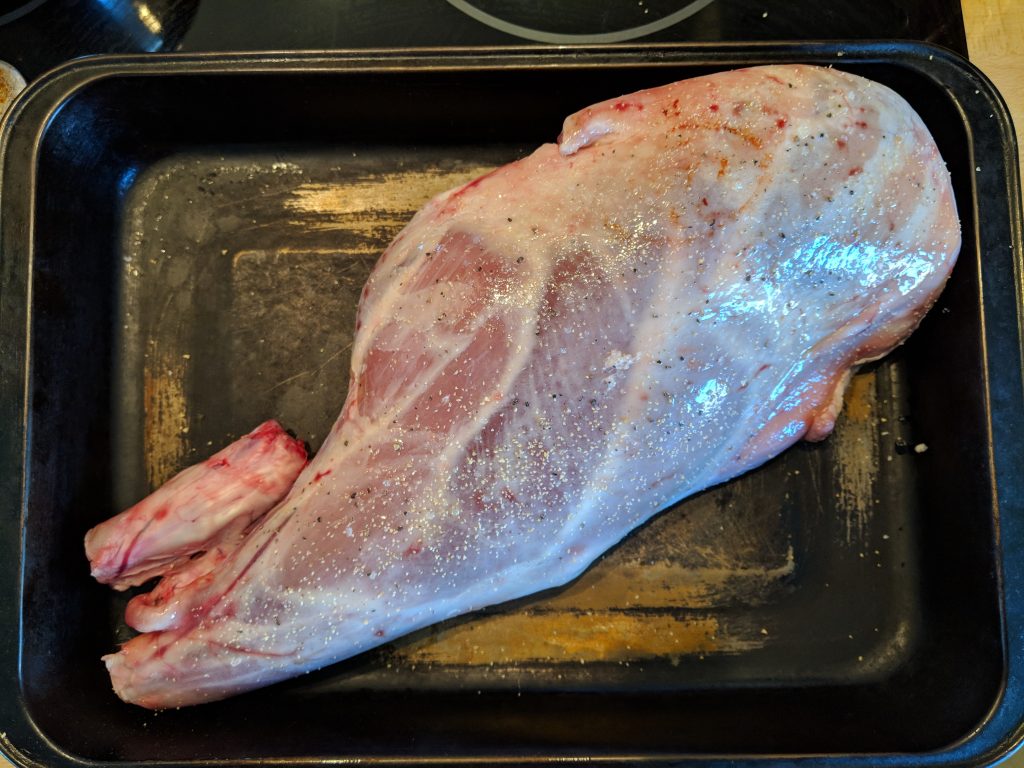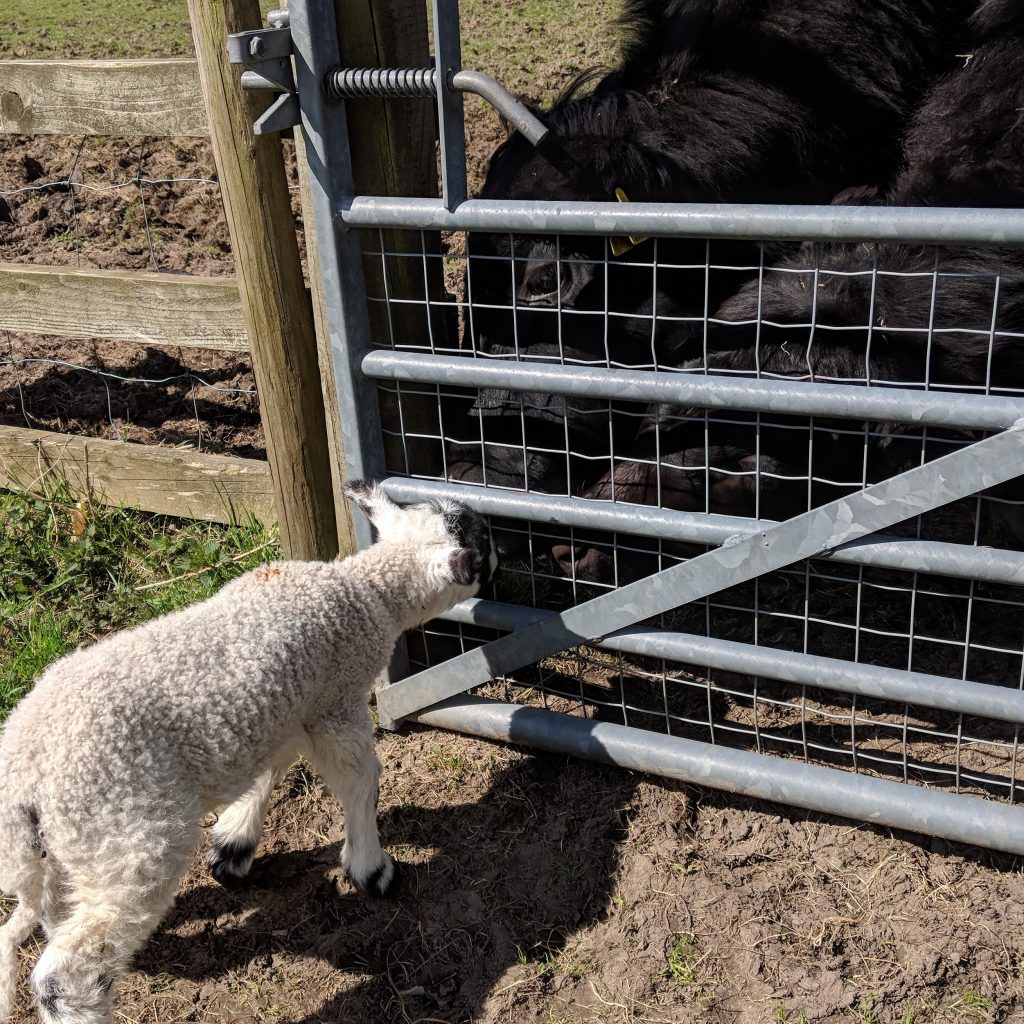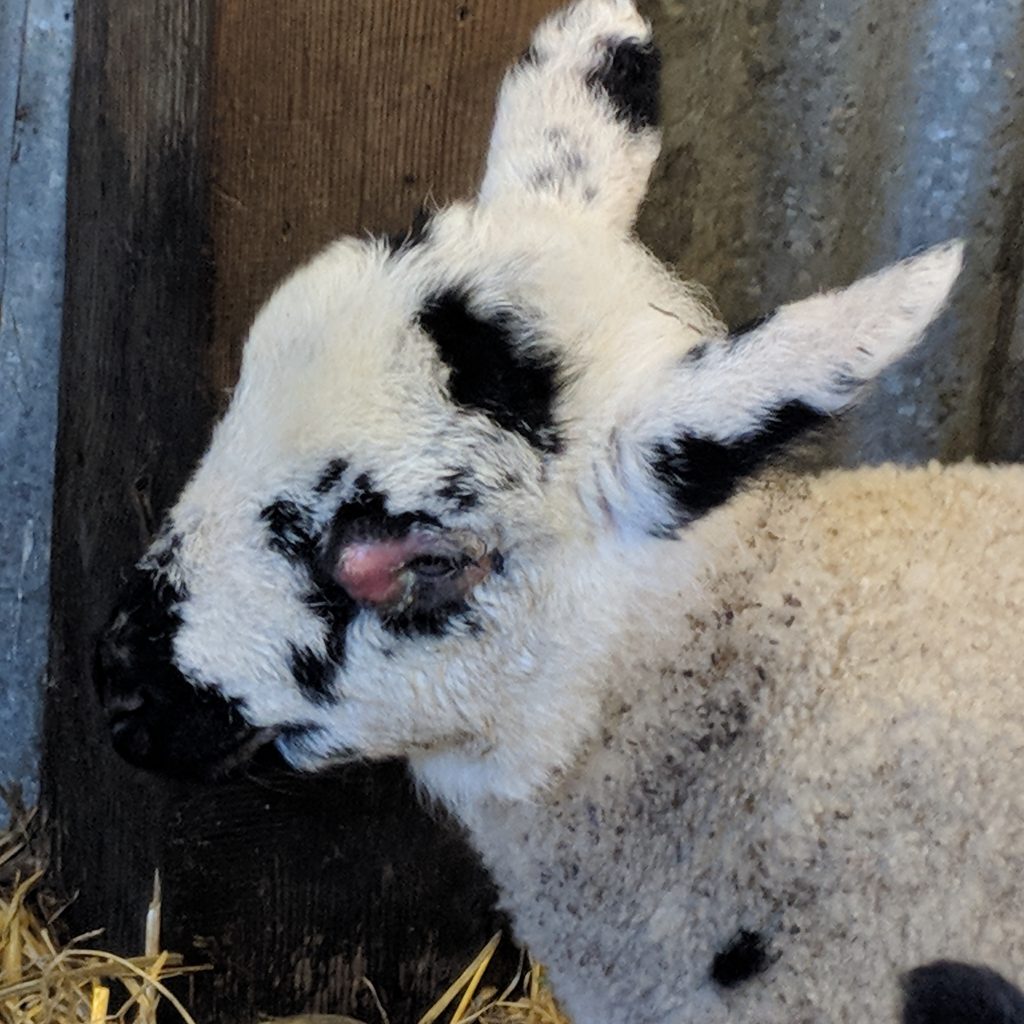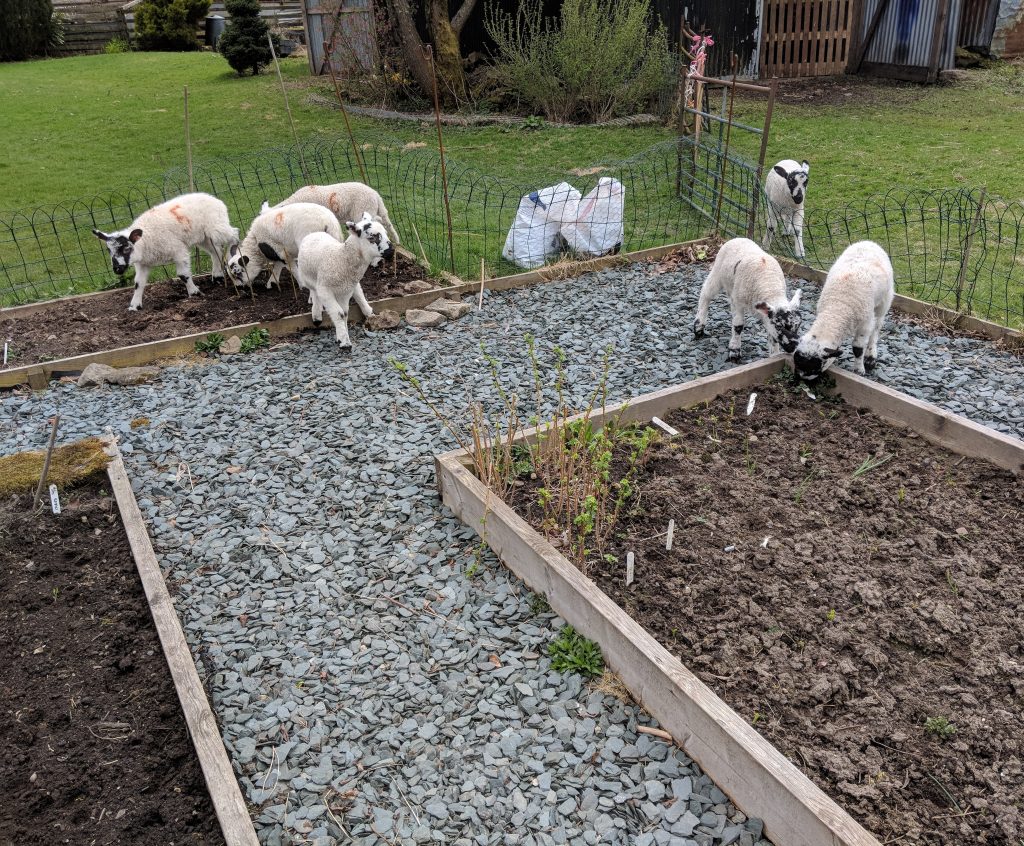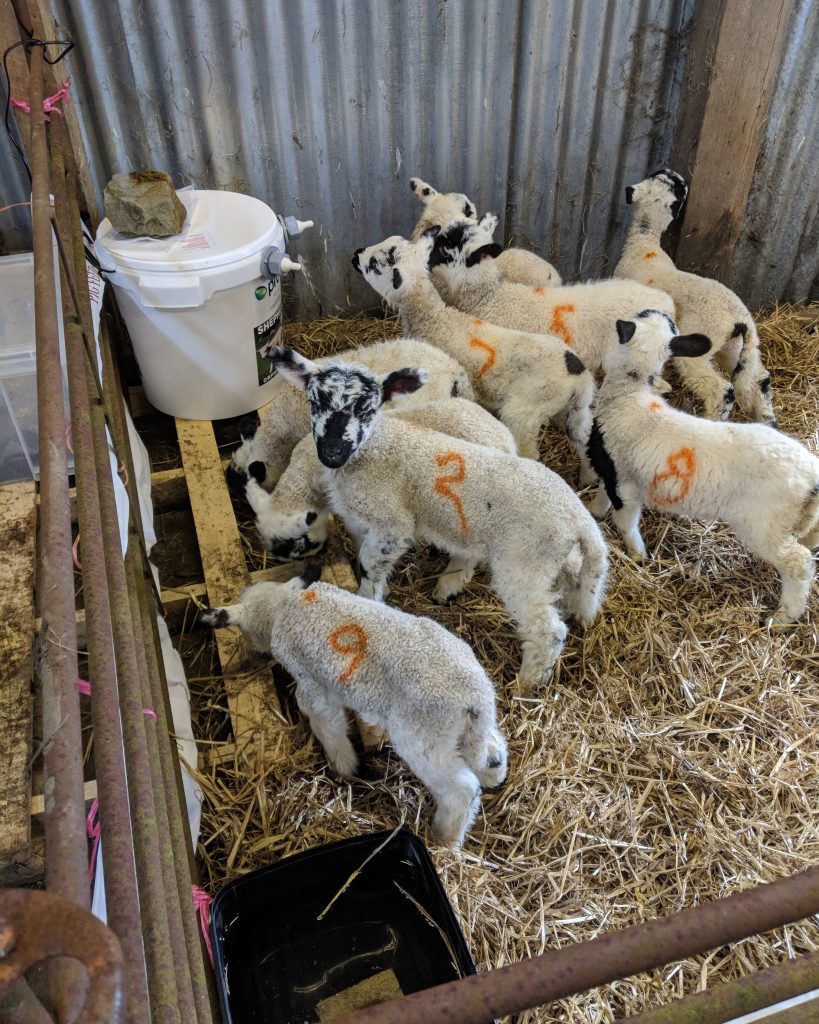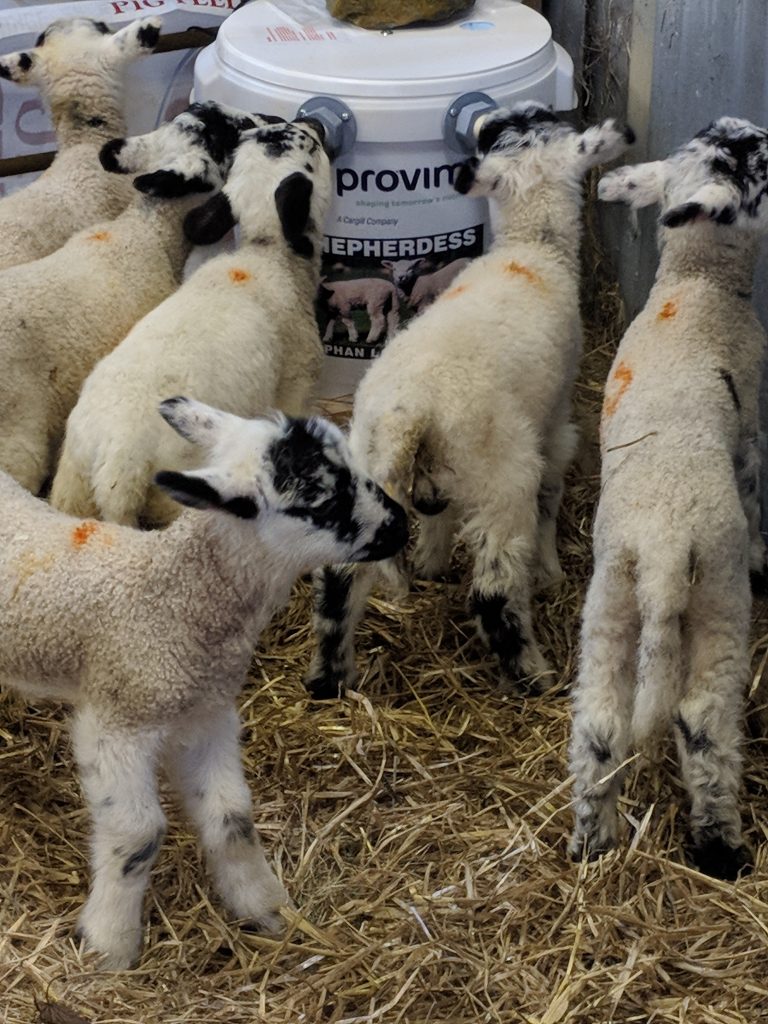Sadly there has been very little time in recent months to update the blog as much as I’d like but I didn’t want to miss the chance to write an update about the lambs we raised this year.
Since they arrived back in April we have learned the hard way just how expensive it can be to raise cade or orphan lambs. However we’ve also really enjoyed the experience of keeping sheep if only in a small way and now have some limited appreciation of the differences in comparison to our Tamworth pigs and Dexter cattle.
We were only raising these orphan lambs to get a rough idea of what it’s like to keep sheep so we were never too worried about the experiment being a financial success. Of course, with milk powder at £50 per bag and the 9 lambs getting through at least one bag every week at the peak, there was no danger of us making any kind of profit.
Luckily they get weaned from the milk within a fairly short period but even after that they still had some supplementary feed as well as the grass just to make sure they got a good, solid start. By comparison our Dexter cattle are completely grass-fed with no supplementary hard feed so this was a bit of a shock to the system for us.
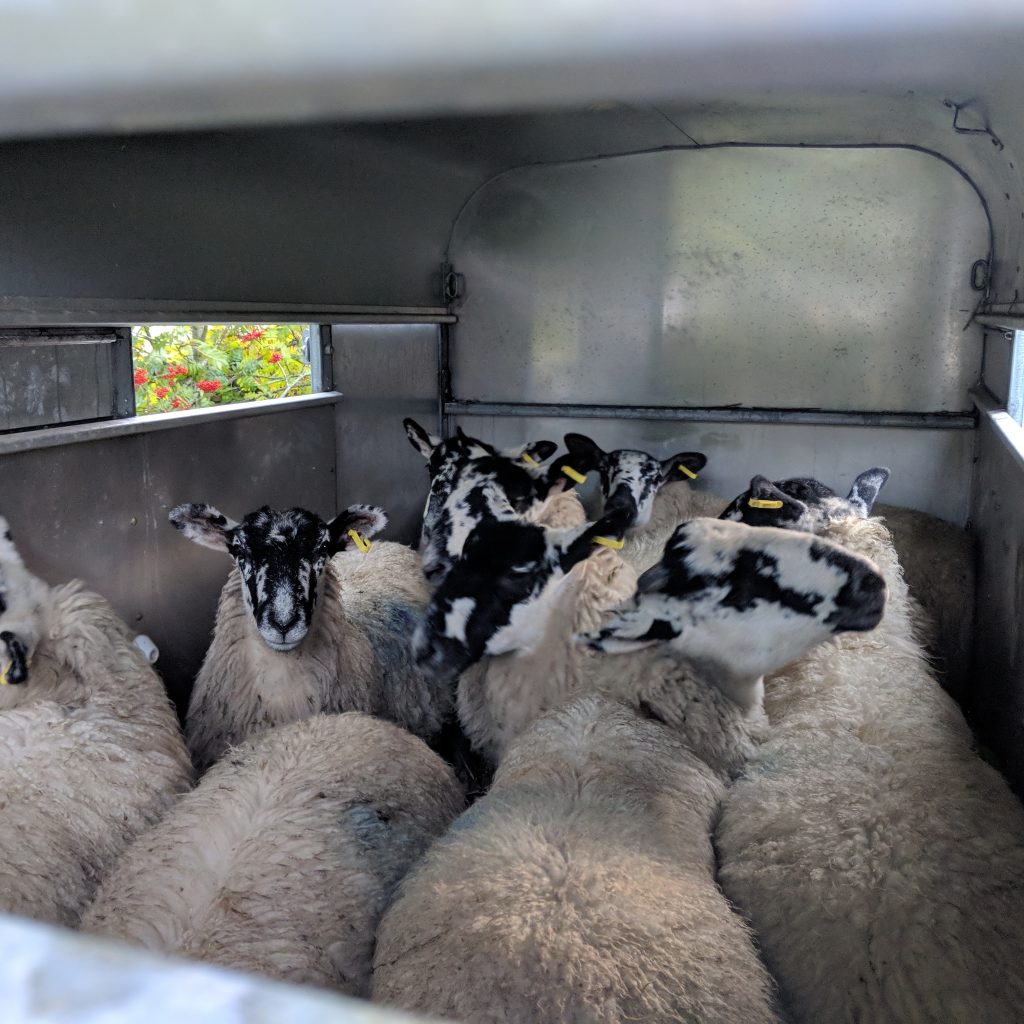
All 9 of them went off to the butchers a couple of weeks ago and despite them being a little undersized we were very happy with the results. Our main worry this year was to make sure that we spread out the meat production a little as we had two batches of pigs to send off as well as these 9 lambs. This meant that we decided to stick to our planned dates rather than reschedule the bookings so that we could avoid overloading the freezers
Despite their smaller size, the fact that there were 9 of them meant that we still got quite a large amount of meat back in one go. Luckily we had an advance order for specific cuts from a well-regarded chef in Whitley Bay but eventually we still decided it was better to get yet another freezer rather than risk running out of space.
Perhaps you can’t call yourself a real smallholder until you have at least 3 chest freezers?
I’m not sure we’d repeat this experiment with lambs every year and I’ve definitely not got the time to take on a flock of sheep all year round. I’d like to think that we could something similar again in the future but perhaps we can try to make it a little more cost-effective if possible
And what would you expect to be on the menu at a time like this, obviously it had to be roast leg of lamb for Sunday lunch…
